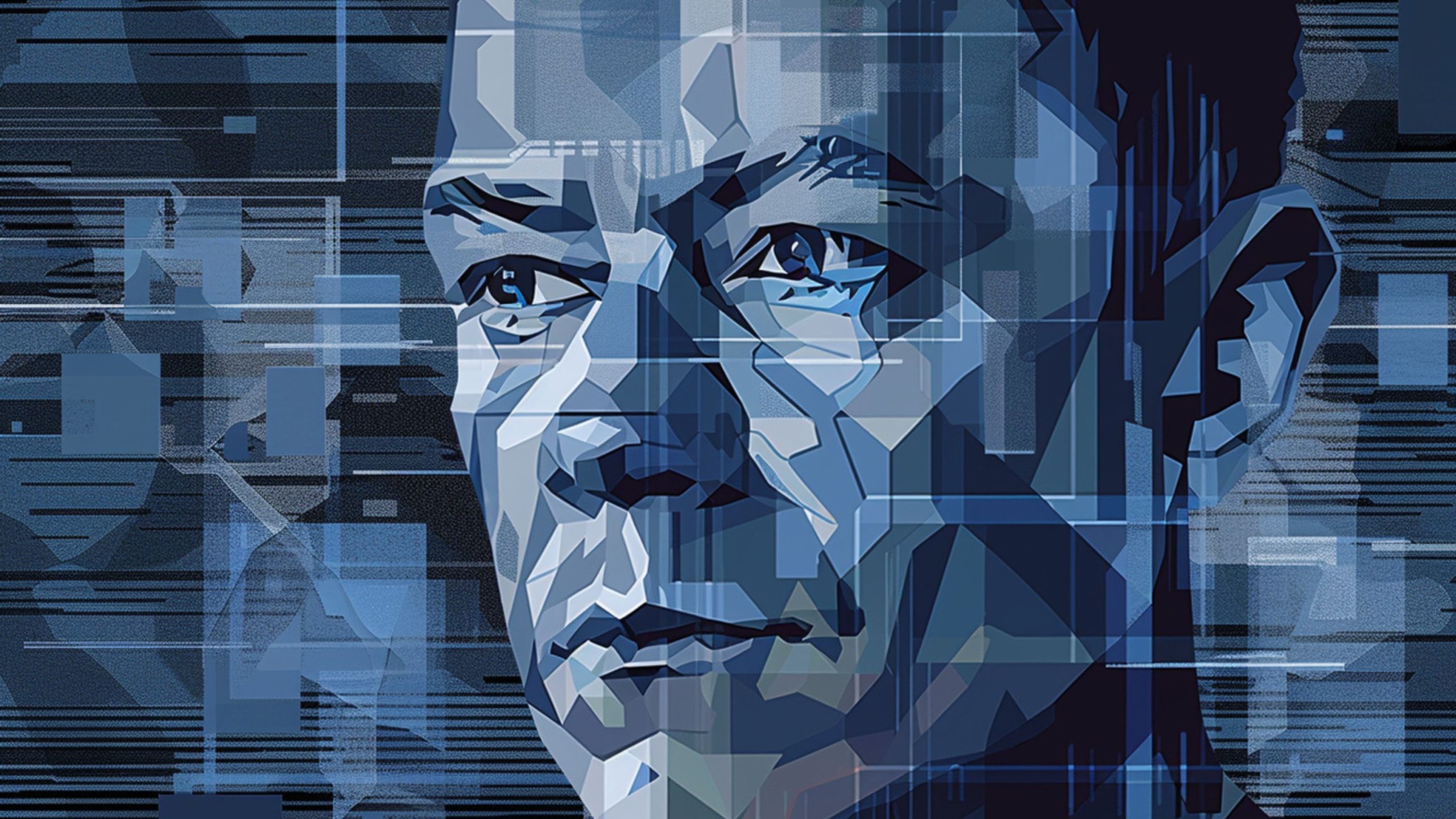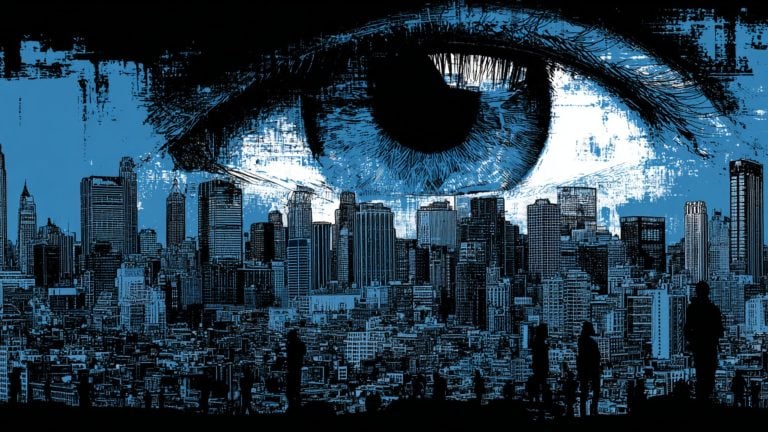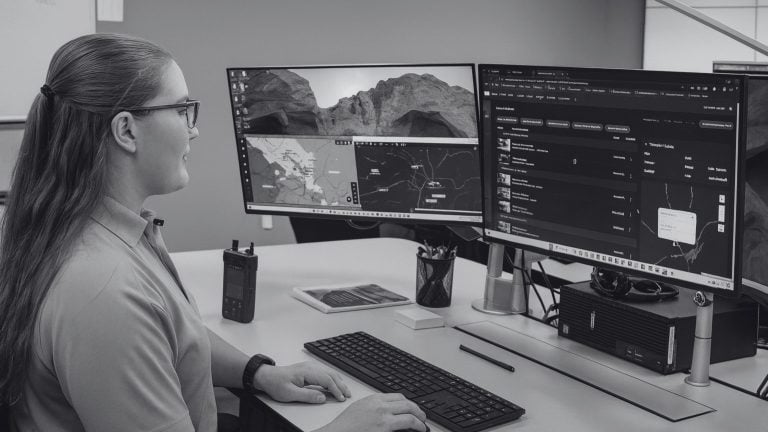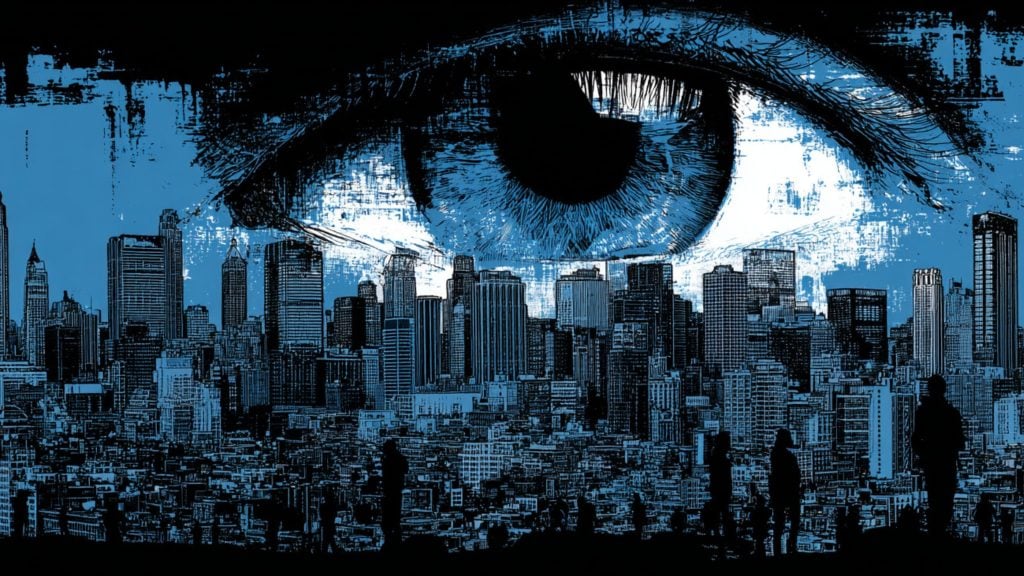New York lawmakers are moving to impose strong restrictions on police use of biometric surveillance, with legislation that could mark a turning point in the state’s approach to civil liberties and digital privacy. Senate Bill S5609, spearheaded by Senator Julia Salazar and backed by six other legislators, has cleared its first major hurdle by passing the Senate Internet and Technology Committee with a 5-2 vote.
Now heading to the Senate Codes Committee, the bill aims to halt law enforcement’s access to a broad class of biometric technologies, including facial recognition and gait analysis, which are often deployed without transparency or clear legal safeguards.
The proposed measure prohibits the acquisition, possession, or deployment of biometric surveillance systems by both police departments and individual officers. Notably, the legislation carves out specific exceptions for mobile fingerprint scanners and continued participation in the state’s DNA databank, signaling an intent to maintain certain investigative tools while placing limits on the most invasive forms of surveillance.
The scope of the ban is defined to include any system, automated or semi-automated, that attempts to identify individuals using biometric data such as facial structure, iris patterns, or movement characteristics.
As part of the proposed framework, a Biometric Surveillance Regulation Task Force would be created to analyze how these tools are being used, assess their accuracy and reliability, and examine their effect on public rights. This twelve-member group, composed of representatives from law enforcement, privacy, and civil rights organizations, and data protection experts, would be tasked with issuing recommendations on whether any biometric surveillance should be allowed and under what regulatory conditions.
New York’s effort emerges against a backdrop of well-publicized misuse. In past cases, police have reportedly uploaded celebrity images to facial recognition systems in place of actual suspects, or tapped into sealed juvenile mugshots to search for matches, practices that have raised serious constitutional questions and drawn public outrage. Flawed algorithms have already led to mistaken arrests in multiple states, adding urgency to the legislative push.
Under S5609, individuals would be granted a legal avenue to seek damages if their rights are violated due to the misuse of biometric surveillance. This provision introduces a direct accountability mechanism in a sector of policing that typically operates behind closed doors, with little public oversight.
The legislative movement doesn’t exist in isolation. New York has already taken steps to regulate automated decision-making across state agencies. Governor Kathy Hochul recently signed into law Senate Bill S7543B, which mandates human review and impact assessments for any algorithmic systems used in the public sector. Those assessments must be updated every two years and include evaluations of potential bias or harm.
Governor Kathy Hochul’s approach to surveillance presents a conflicting message. While backing legislation like S5609 to curb police use of biometric technologies, she has simultaneously expanded surveillance on New York City’s subways, framing it as a necessary response to transit violence. “The recent surge in violent crimes in our public transit system cannot continue — and we need to tackle this crisis head-on,” Hochul said, pointing to new subway cameras as tools to help police “solve crimes even faster.”










